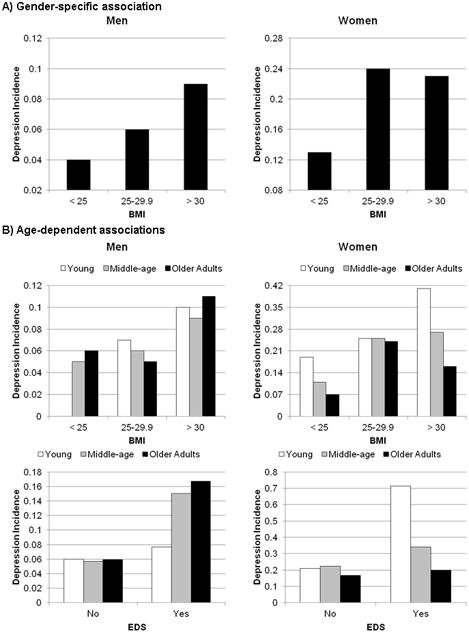Figure 2. Incidence of depression associated with body mass index and excessive daytime sleepiness: effects of gender and age.

Please note that the vertical axes are in a different scale for men and women given the strong gender difference as mentioned below. Plot A) the incidence of depression reached statistical significance at the obese cut-off (BMI ≥ 30) in men, while the incidence of depression reached statistical significance at the overweight cut-off (BMI ≥ 25) in women. The incidence of depression associated with EDS reached statistical significance in both men and women (see Results). Plot B) the incidence of depression in obese women increased as a function of age, while the incidence of depression was significantly increased in overweight women regardless of age. In men, the incidence depression was significantly higher in the obese than normal weight and did not change as a function of age. Furthermore, the incidence of depression in women with EDS increased as a function of younger age; conversely, the order was reversed in men with EDS, such that the incidence of depression was greatest in older and middle-aged men.
